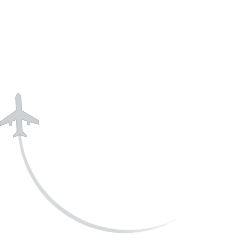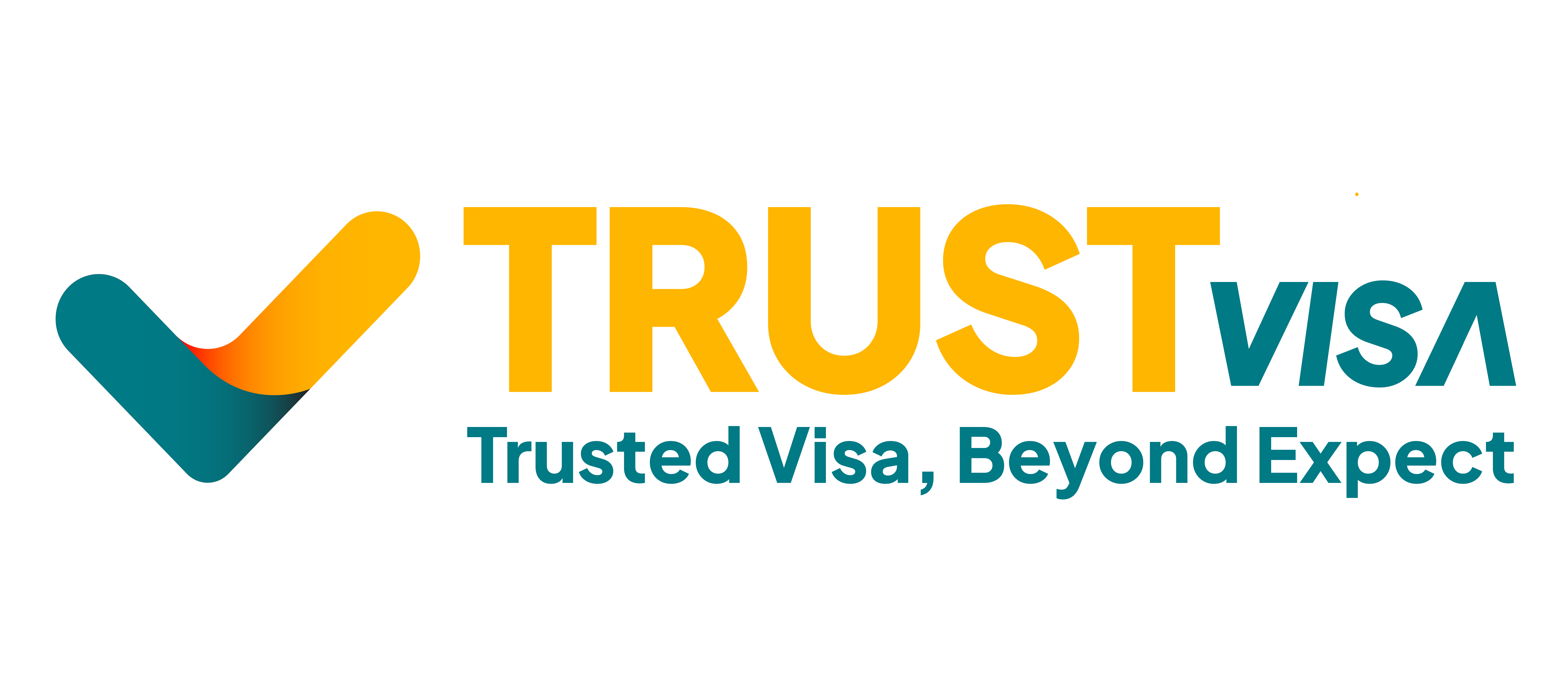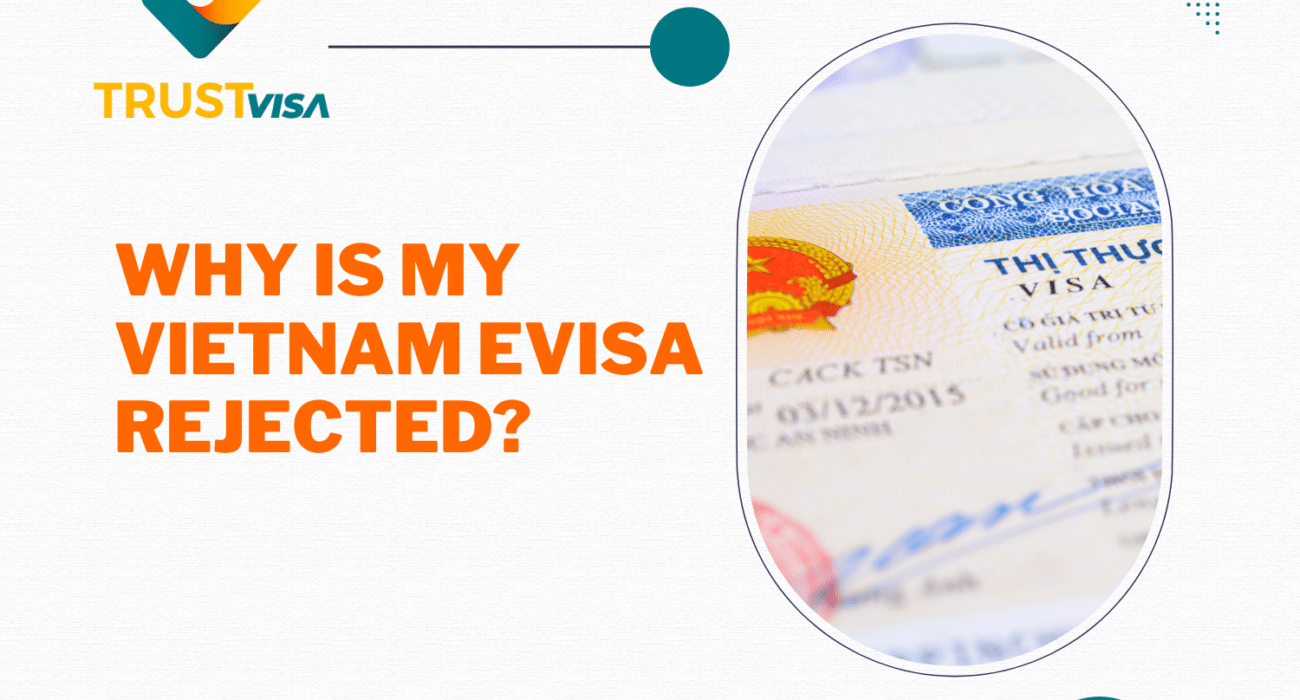TABLE OF CONTENTS
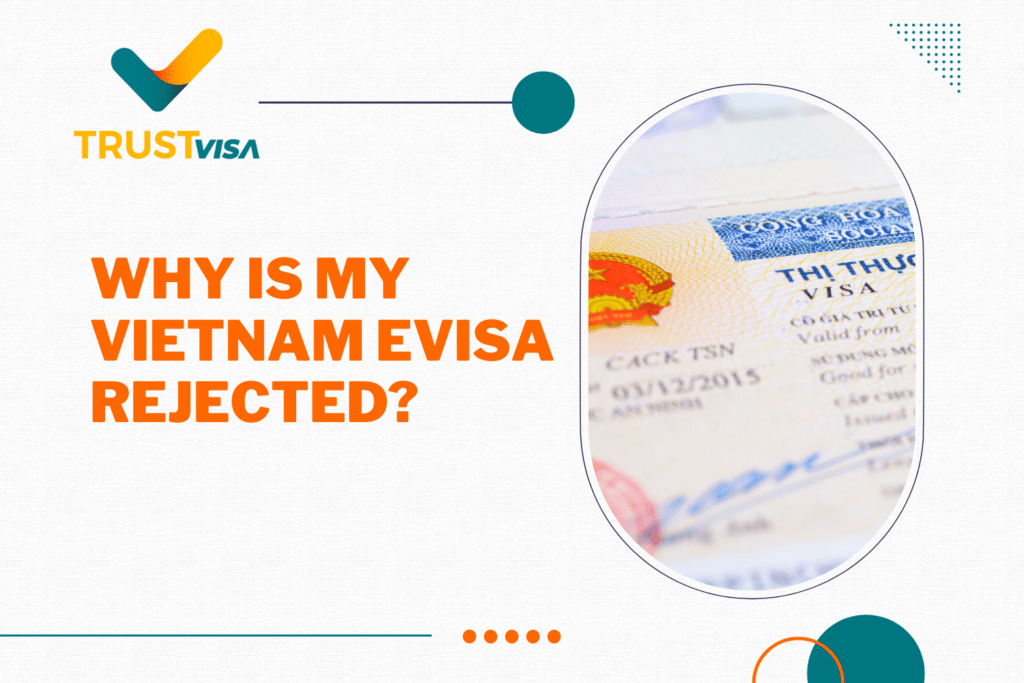
1. TOP 10 COMMON MISTAKES WHEN APPLYING FOR A VIETNAM VISA
Below are some common mistakes to avoid when applying for a Vietnam visa.
1.1. THERE IS NO GUARANTEE ON THE STANDARD OF PORTRAIT PHOTOS
To pay for your visa services using Visa card or MasterCard, please follow the below instructions:
- Step 1: After receiving the payment request from TrustVisa, you select the option of paying through either a debit or a credit card. Choosing this will divert you to the TazaPay website.
- Step 2: At the payment site, please input your card information: Card Id, name of owner, Expiration date, CVV/CVC code (the security code on the other side of the card).
- Step 3: Check all your submitted information again and press “Pay Now” to confirm your payment. After the payment is processed, you will receive a notification from our system.
1.2. PERSONAL INFORMATION DOES NOT MATCH INFORMATION ON PASSPORT
Please ensure that the information you provide, such as your full name, date of birth, and passport number, matches the details on your passport exactly. Any mistakes in personal information could lead to your application being rejected or require you to request an amendment, which would result in a longer visa processing time.
1.3. FILL IN NAMES IN NO PARTICULAR ORDER
Please ensure that you fill in your name on the visa application exactly as it appears on your passport. For example, if your passport shows your name as “David John Smith,” you should write “David John Smith” on the application form. It’s important to note that the Vietnamese naming convention is “Last name + First name,” but you should not try to rearrange your name to match this format (e.g., “Smith John David”). Additionally, writing names without spaces (e.g., “David JohnSmith” or “DavidJohn Smith” or “DavidJohnSmith”) is not acceptable.
1.4. FILLING DATE MONTH YEAR IS WRONG
Based on TrustVisa’s experience, many foreigners make mistakes when filling out visa applications, especially with the date format. The Vietnam visa application form requires the date to be written in the format dd/mm/yyyy. However, many people are used to writing the date in the mm/dd/yyyy format. For example, November 12, 2024 should be written as 12/11/2024. If you make a mistake, such as writing December 11, 2024 instead, your application will be rejected.
1.5. EXPIRED PASSPORT
An expired passport is one of the main reasons why visa applications are not approved. To ensure that your application is valid, your passport must be valid for at least 6 months beyond the expected date of entry. It is necessary to check and renew your passport before applying for a visa to avoid having your documents returned.
1.6. ON THE VIETNAM’S BLACKLIST
You may be denied a visa if you are on a banned list. Banned lists typically include individuals who have committed a crime or have displayed inappropriate behavior in the past. If your name is on this list, it’s important to understand the reason and address the issue before applying for a visa.
1.7. CHOOSING THE INCORRECT VISA VALIDITY PERIOD AND VISA TYPE
E-Visa Vietnam is currently valid for up to 90 days for single or multiple entries. The visa validity period is calculated from the date you requested on the visa application, not from the date you enter Vietnam. It’s important to choose the right duration for your stay in Vietnam. If you plan to leave and return to Vietnam multiple times, opt for a multiple-entry visa; otherwise, you will have to reapply for a visa each time you enter the country.
1.8. LACK OF INTENTIONAL ADDRESS OF TEMPORARY RESIDENCE IN VIETNAM
Vietnam’s immigration authorities require you to provide the complete address of your intended stay in Vietnam. It’s recommended to provide the name and detailed address of the hotel or accommodation first. If you haven’t booked yet, you can use the expected address from booking sites like Agoda to fill in this section.
1.9. SKIP THE VISA APPLICATION FOR ACCOMPANYING CHILDREN
In the Vietnam NA1 visa application form, there is a section labeled “Children under 14 years old traveling with passport (if any).” It’s important to note that, according to Vietnamese regulations, each individual with a separate passport must apply for a separate visa, including children. Therefore, you should only fill in this section if your child is under 14 years old and does not have his or her own passport
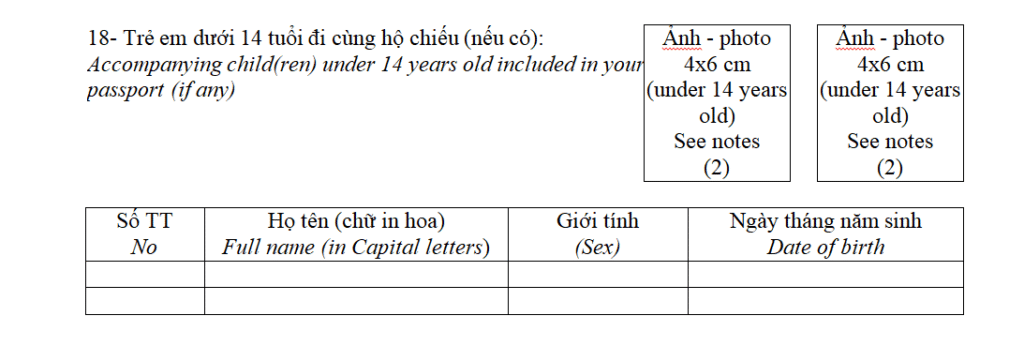
1.10. YOU ARE STILL RESIDING IN VIETNAM
It’s essential to note that if you are currently residing in Vietnam and need a visa, you should not apply for it while in the country. Visa applications for Vietnam are only accepted from individuals who are outside the country. However, if you urgently need to return to Vietnam, you can utilize emergency and super-urgent visa services provided by reputable entities like TrustVisa to ensure a smooth and efficient visa application process.
2. WHAT SHOULD I DO IF MY VIETNAM EVISA IS REJECTED?
If you are denied a Vietnam visa, follow these steps to resolve the issue.
2.1. REAPPLYING
Yes, you can reapply for a visa after it has been refused. However, it is important to review and correct any errors in the previous application carefully. Make sure that all information in the new application is accurate and complete, and that it complies with the requirements of Vietnam immigration law. Thoroughly preparing and double-checking your application before submitting it will improve your chances of success.
2.2. CONTACT THE EMBASSY FOR ASSISTANCE
If you are uncertain about the reason for the rejection or need more information, please reach out to the Vietnamese Embassy or Consulate in your country directly. They can provide you with details about the reason for the rejection and guide you on how to resolve the issue.
2.3. REGISTER FOR VISA SERVICE
Consider using visa services from professional companies like TrustVisa. Our experienced team of experts understands Vietnam visa procedures and can assist you in preparing complete and accurate documents, improving your chances of obtaining a visa. In addition, TrustVisa offers 1-day, 4-hour, or 1-hour visa services to address urgent immigration needs.
Visa rejection is not uncommon and can occur for various reasons. It is crucial to thoroughly review your application, rectify any errors, and seek assistance from the embassy or professional visa service providers. Following these steps will enable you to prepare better documents and enhance your likelihood of securing a Vietnam visa.
